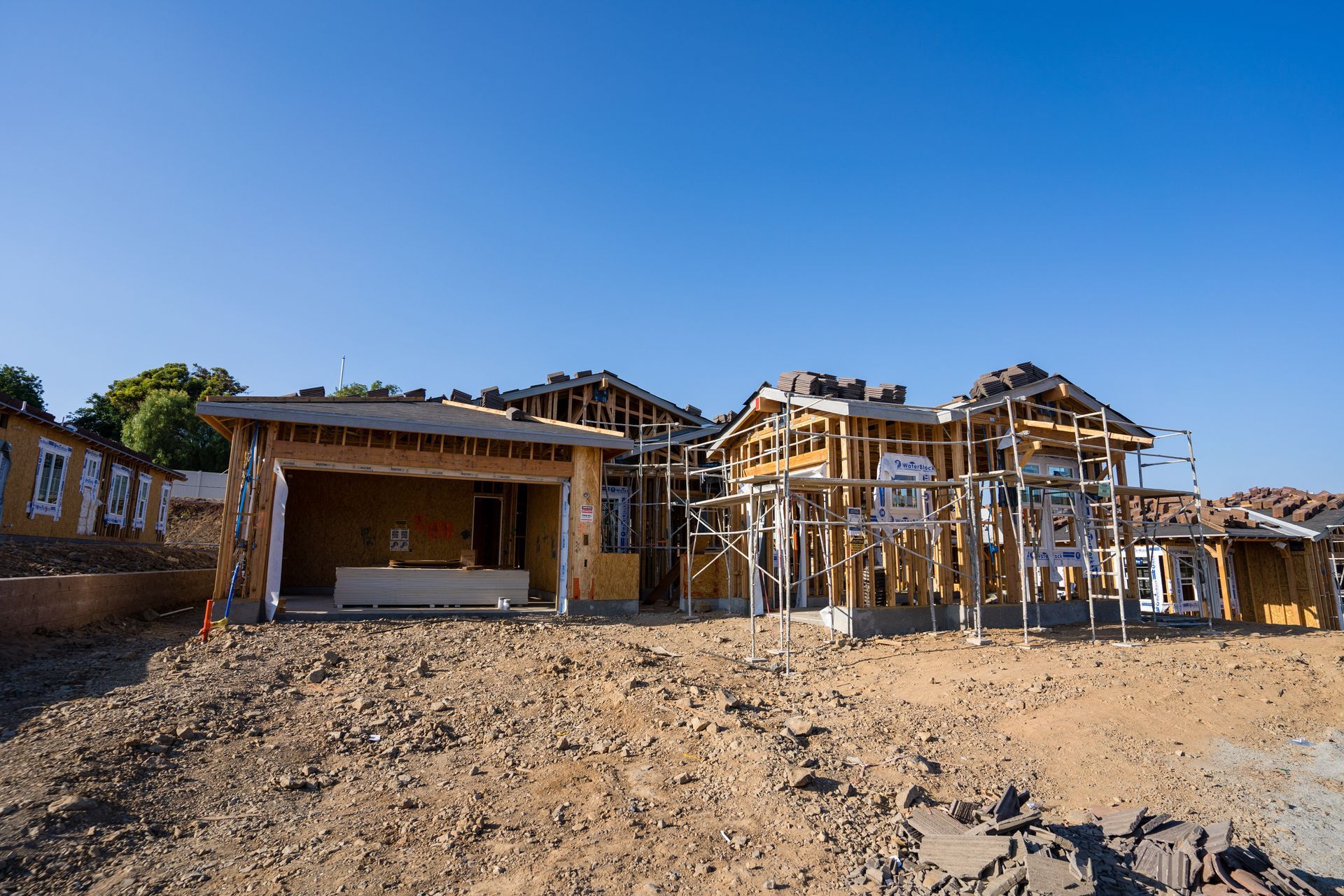The Future of Remote Work and Housing: What It Means for Homebuyers and Sellers

The landscape of how we work has undergone a seismic shift over the last few years. Remote work, once a rare perk for tech professionals and freelancers, has become a mainstream reality. With major companies adapting to hybrid or fully remote models, people are rethinking not only how they work—but where they live. This shift is dramatically influencing the housing market, affecting everything from buyer preferences to home values and community development.
For those living in or relocating to areas like Sacramento, understanding the future of remote work and its impact on housing is essential—whether you're looking to sell my house, searching for the best realtor in Sacramento, or a first time buyer exploring options.
Let’s explore how remote work is changing real estate, what to expect in the future, and how you can make informed decisions in this evolving environment.
Remote Work: A Permanent Shift
Before 2020, remote work was considered a flexible luxury. Today, it’s a long-term strategy. According to recent surveys:
- Over
58% of Americans work remotely at least once a week.
- More than 35% of workers are fully remote.
- Companies like Google, Facebook, Amazon, and Salesforce have invested heavily in remote infrastructure.
The pandemic didn't just introduce remote work—it accelerated a long-overdue evolution. Businesses saw increases in productivity, reduced overhead, and happier employees. And for workers, flexibility in location has translated into improved quality of life.
How Remote Work Is Redefining Housing Trends
1. Migration Away from Urban Cores
With proximity to the office no longer a daily necessity, many workers are leaving densely populated cities in favor of suburbs or smaller metros like Sacramento. They're seeking:
- Lower cost of living
- More space (indoor and outdoor)
- Better quality of life
- Cleaner air and less congestion
Sacramento has become a top destination for people leaving larger California metros like San Francisco or Los Angeles. With its mix of affordability, lifestyle perks, and proximity to nature, Sacramento is perfectly poised for growth in the remote work era.
2. Demand for Home Offices
What used to be a “nice-to-have” is now a must-have. Buyers are now looking for:
- Dedicated office spaces
- Soundproof rooms
- High-speed internet infrastructure
- Natural lighting for Zoom calls
- Multiple workspaces for dual remote workers
This demand is increasing the value of homes that offer such features and influencing how sellers stage and market properties.
3. More Focus on Lifestyle and Community
Remote workers are thinking beyond square footage. They want:
- Walkable neighborhoods
- Nearby cafes and co-working spots
- Safe, family-friendly environments
- Parks, trails, and outdoor recreation
Communities in Sacramento that check these boxes are seeing faster sales and higher demand, which makes this an excellent time to connect with the best realtor in Sacramento to make the most of your move.
Remote Work and Real Estate Investment Opportunities
Investors Take Note:
As remote workers spread into new areas, demand for rental properties is rising in suburban and secondary markets. Sacramento's rental market is experiencing increased interest from remote professionals looking for short- and long-term leases.
Short-Term Rentals:
With work-from-anywhere lifestyles on the rise, Airbnb-style rentals are gaining popularity. People are testing different cities before committing to relocation. Investors can capitalize by offering furnished, remote-work-friendly spaces.
Impact on Home Pricing and Availability
Increased Competition
As more people leave high-cost areas in search of affordable housing, mid-tier cities like Sacramento are experiencing:
- Rising home prices
- Lower inventory
- Increased competition
For sellers, this means potential bidding wars and faster closings. For buyers, it highlights the need to act quickly and strategically—especially first time buyers who may be navigating this high-stakes market for the first time.
Larger Homes Are in Demand
With the office now part of the home, buyers want more space. The average home size buyers seek has increased by 15–25% since 2020. Features such as extra bedrooms, basements, and guest houses are commanding premium prices.
How Sellers Should Adapt
If you're planning to sell my house in the near future, understanding remote work trends will help you market your property effectively. Here are tips to appeal to remote buyers:
- Stage a home office: Convert a spare bedroom or unused space into a professional-looking work area.
- Highlight connectivity: Emphasize high-speed internet availability and cell reception in your listing.
- Promote outdoor spaces: Remote workers spend more time at home, so outdoor areas like patios or gardens are big selling points.
- Use virtual tours: Many remote workers relocate from other regions. Virtual tours let buyers experience your home from afar.
How First-Time Buyers Can Prepare
For first-time buyers navigating a remote work-influenced market, here’s how to stay competitive:
- Get pre-approved: This will show sellers you’re serious and financially qualified.
- Be flexible: Expand your search radius or be open to neighborhoods you hadn’t previously considered.
- Work with a knowledgeable agent: The
best realtor in Sacramento can help you uncover hidden gems and craft strong offers.
- Look for home office potential: Even if the home doesn’t have a designated office, consider creative options like converting a garage or basement.
The Future: What's Next for Remote Work and Housing?
1. Continued Migration Patterns
As more companies adopt permanent remote or hybrid work policies, expect continued migration from expensive metros to places like Sacramento, Boise, Austin, and Nashville.
2. Rise of "Zoom Towns"
Smaller towns and suburbs with attractive amenities are turning into Zoom Towns—areas thriving thanks to remote workers. Expect infrastructure improvements and new housing developments to support this growth.
3. Mixed-Use Developments
Future housing developments may incorporate shared co-working spaces, smart home technologies, and community-driven features to appeal to the remote-working class.
4. Hybrid Flexibility
Even as some companies call workers back to the office part-time, hybrid models will keep housing flexibility relevant. Expect continued emphasis on homes that support part-time office and part-time home work routines.
Conclusion: The Remote Work Revolution Is Here to Stay
Remote work has permanently reshaped the real estate landscape. As workers gain more flexibility in where they live, housing priorities are shifting—with increased demand for space, lifestyle amenities, and affordability.
For homeowners, now may be the ideal time to sell my house and capitalize on buyer demand. For buyers, especially first-time buyers, the window of opportunity remains open but competitive.
Whether you're buying, selling, or investing, the best realtor in Sacramento will help you navigate this rapidly evolving market. Don’t go it alone—partner with a knowledgeable professional who understands the intersection of remote work and real estate, and who can help you make informed, future-ready decisions.








